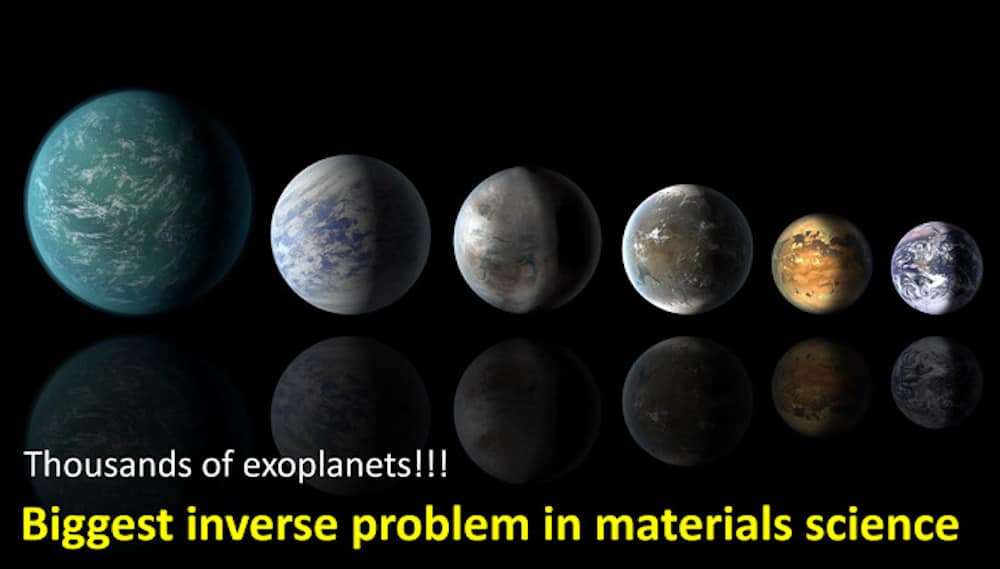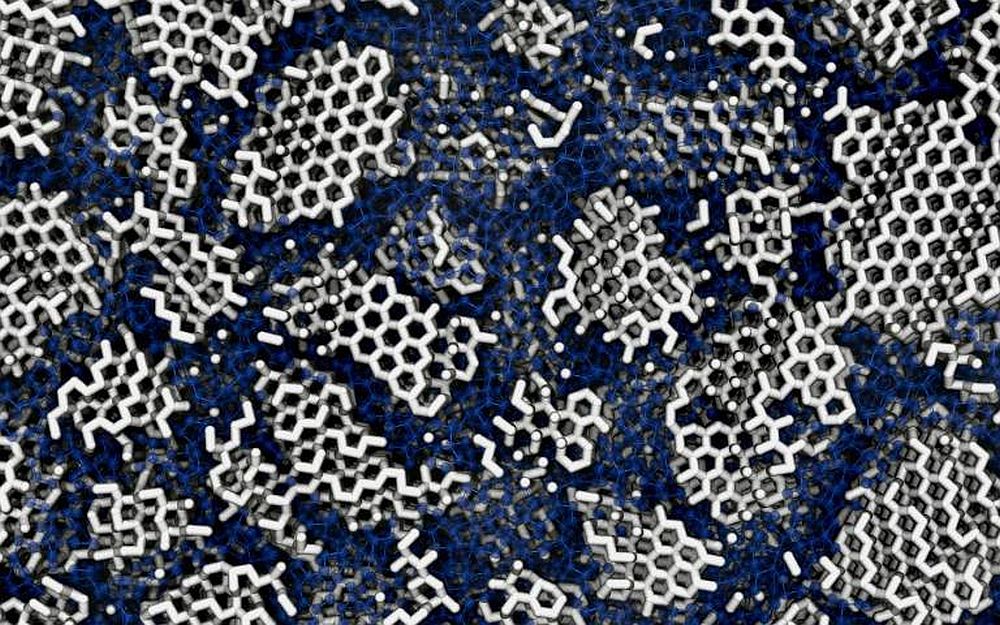
Credit: Navrotsky Eyring Center for Materials of the Universe, International Journal of Ceramic Engineering & Science (CC BY 4.0)
By its nature, the field of materials science and engineering is based on and is the basis for research and development in many other fields. Chemistry and physics are the most obvious, with biology, medicine, and data science among other fields that collaborate with our community to discover and develop new materials and products to enhance our lives.
But what about astronomy and cosmology? Do they ever pull from the field of materials science for their research? According to Alexandra Navrotsky of the Navrotsky Eyring Center for Materials of the Universe at Arizona State University, the answer is a resounding yes.
Navrotsky is an ACerS Distinguished Life Member and Fellow. She is renowned for her research in solid-state chemistry and ceramics, as well as physics and chemistry of minerals. Additionally, she is co-chair of the panel on physical sciences of the National Academies’ decadal survey committee for biological and physical sciences in space.
In a recently published open-access article in International Journal of Ceramic Engineering & Science, Navrotksy and astrophysics graduate research assistant Megan Householder discuss how the study of the geology, physics, atmosphere, and formation of planets shares many of the same analytical and computational frameworks as materials science.
The planets and moons of our solar system have wide ranges of sizes, compositions, atmospheres, and even magnetic field strengths. In their paper, Navrotsky and Householder discuss the interconnections among the history and characteristics of each of the planets. For example, Mars is currently lifeless and has an extremely small magnetic field. Yet explorations of the Martian surface found evidence of water, organic materials, and strong magnetic fields. They posit the question, “If the magnetic field decreases, do processes occur that release, dissociate, and lose the atmosphere and water and make the planet less habitable?”

“Selfie” from NASA’s Perseverance Mars rover. Credit: Jet Propulsion Laboratory/Caltech
One clear connection of ceramics to planetary science is the development of materials for space exploration. Not just structural materials, such as rocket nozzles and radiation resistant exteriors, but also advanced sensors, communications devices, and other electronics, and also energy harvesting and storage.
The extreme atmospheres of planets create additional hurdles and scientific possibilities. Venus, for example, has a highly corrosive atmosphere of mainly carbon dioxide and sulfuric acid at extremely high pressures and temperatures. The chemistries occurring in this supercritical environment are yet to be understood. And getting the information has proven to be very challenging because Venus probes to date have survived for mere hours before succumbing to the atmosphere. The researchers at NASA Glenn Research Center constructed a “Venus Chamber” to simulate the atmospheric conditions for development of hardware for future missions.
Even more exciting are the possibilities for solving the “inverse problem in materials science.” Throughout history, materials science research has essentially used the “if you build it, they will come” model where materials are discovered and characterized, while applications are built around the unique properties of each discovery. Consider the history of poly-tetrofluoroethylene (PTFE), commonly called DuPont’s trade name Teflon. This material was discovered essentially by accident and is now a ubiquitous part of our lives, particularly in low-friction and weather protection applications.
The future of materials science is rather more deliberate. The inverse problem also can be described as designing and fabricating materials to fit the specific set of criteria for a particular application. In recent years, ACerS has been active in conversations on the data, modeling, and infrastructure needed to facilitate this paradigm shift in materials science. The challenge is so daunting that many national and multinational “Big Data” projects are underway to develop and deploy tools needed, such as here and here.
Planetary science holds out the prospect of expanding the synthesis and fabrication conditions well beyond those possible on Earth. As Navrotsky and Householder say, understanding the complex dynamics of other planets and moons “liberates our thinking from being bound by one geotherm and one planetary composition.” For example, the extreme temperatures and pressures of other celestial bodies extend the realm of ceramic science into regions where entirely new materials and phases can be formed. Imagine the same processes that form diamond from graphite but at more extreme scales.
Navrotsky and Householder explain our current understanding of the geology, atmosphere, size, and other properties of the planets and moons in our solar system as a framework for understanding such bodies orbiting other stars. All the unknowns even within our solar system lead Navrotsky and Householder to conjecture about a range of topics, including the contributions of comets and the possibility of superconductivity within cryogenic planets and how that might affect the magnetic fields and, in turn, the planetary environments.
There are many challenges to be met, starting with development of new tools to identify the compositions and phases of materials found on other planets but not on Earth. Particularly challenging, the analytical methods must enable identification at a distance because traveling to distant worlds will require yet undiscovered technologies. The answers we will gain about materials, the origins of our universe and terrestrial life, and the possibilities of extraterrestrial life make our research and cross-discipline collaborations so important—and exciting.
The open-access paper, published in International Journal of Ceramic Engineering & Science, is “New worlds, new chemistry, new ceramics” (DOI: 10.1002/ces2.10104).
Author
Jonathon Foreman
CTT Categories
- Aeronautics & Space



